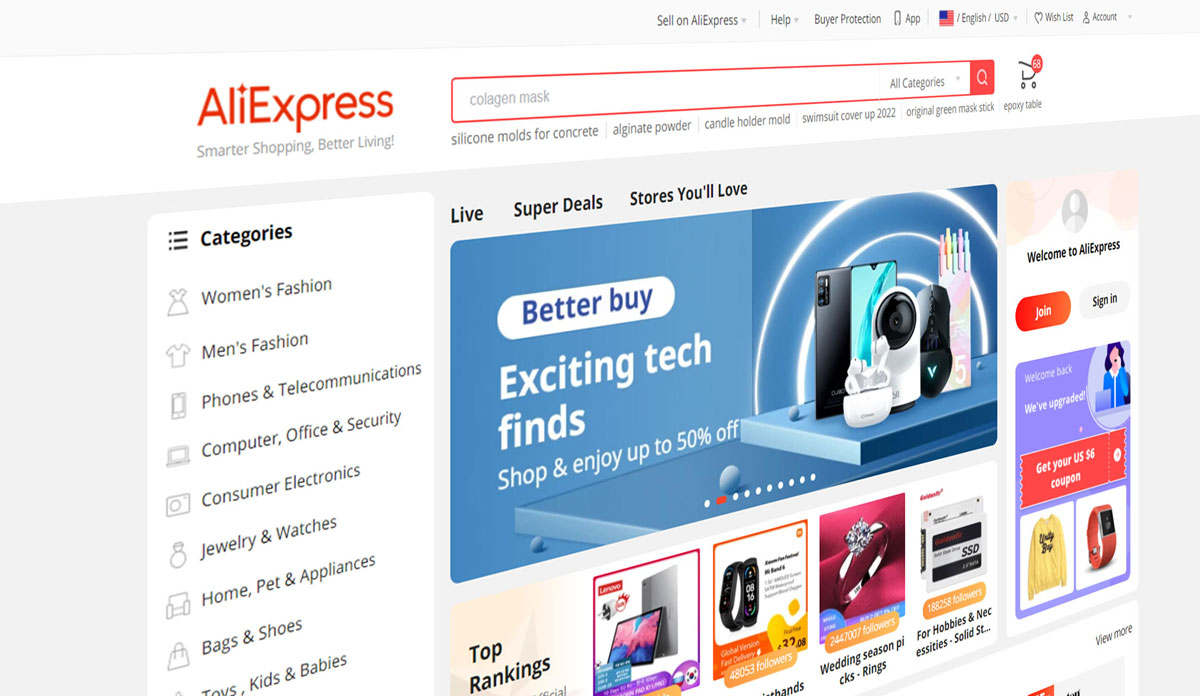
Best Practices for Managing Product Quality When Importing from Asia
In today's highly competitive market, ensuring product quality is quintessential for any import business eager to maintain customer trust and brand reputation. As experts in sourcing and importing products from Asia to New Zealand, we recognise the pivotal role of robust quality control measures throughout the importing process. It's not merely about checking product standards at the end of a production line but embedding quality checks at various stages of the supply chain.
We focus on nurturing strong, cooperative relationships with suppliers to secure quality from the onset. Our strategies involve detailed and clear communication of quality expectations and consistent follow-up, ensuring these criteria are met continuously. We utilise state-of-the-art tools and technologies to monitor and manage quality, aiming for high-quality outcomes that adhere strictly to both local and international standards.
These practices not only help mitigate the risks associated with importing but also streamline operations and enhance overall business efficiency. So, let’s delve deeper into the essential practices of quality control, from forming solid foundations with trustworthy suppliers to leveraging technological advancements that make quality assurance more precise and reliable than ever before.
Understanding the Importance of Product Quality Control
In the import business, the importance of product quality control cannot be overstated. We consider it a crucial responsibility to ensure that the products we help bring into New Zealand meet the highest standards of quality.
Quality control is essential not only for maintaining customer satisfaction but also for complying with the rigorous regulatory requirements unique to different products entering New Zealand. A lapse in quality can have far-reaching consequences, from lost consumer trust to legal challenges, both of which can significantly impact operational viability and brand reputation.
Implementing an effective quality control system enables us to identify potential issues before products reach the market, thereby reducing the risk of product recalls and enhancing customer safety. This process begins the moment a product is conceived and continues throughout its lifecycle, ensuring every product lives up to the high expectations both we and our customers hold.
Key Steps to Establish a Robust Quality Assurance Process
To ensure the highest quality of imported goods, we adhere to a detailed and methodical quality assurance process. Here, we outline the key steps we take to ensure every product meets our standards and expectations:
1. Defining Quality Standards
First and foremost, we establish clear, precise quality criteria aligned with both industry standards and specific customer requirements. These standards serve as a benchmark for product evaluations.
2. Supplier Selection and Evaluation
Choosing the right supplier is pivotal. We conduct thorough evaluations to ensure potential suppliers can meet our quality standards consistently. This includes assessing their production processes, quality control measures, and historical compliance data.
3. Regular Product Inspections
During production, we carry out regular product inspections to monitor quality in real time. These inspections help identify deviations from quality standards early, allowing for prompt corrective actions.
4. Continuous Improvement
Quality assurance is a dynamic process. Based on insights gathered from ongoing assessments and product inspections, we continuously refine our quality standards and processes. This iterative process helps us adapt to new challenges and technologies, ensuring continuous improvement in quality control.
These steps form the backbone of our commitment to ensuring that every product sourced and imported meets the standards our New Zealand customers expect and deserve. With each step, we reinforce our dedication to bringing only the best to the market.
Tools and Technologies That Enhance Quality Management
In our pursuit to deliver the best quality products, we continually embrace new tools and technologies that refine our quality management processes. Utilising state-of-the-art technology not only improves the accuracy of our inspections but also makes our entire quality assurance practice more efficient. Key technologies include automated quality control systems, real-time data tracking platforms, and advanced analytics tools.
These technologies enable us to perform detailed analyses and gain insights that go beyond what the human eye can see. For instance, we use automated systems to check for defects at a speed and accuracy rate that significantly surpasses traditional manual methods.
Additionally, real-time data collection helps us monitor production processes continuously, allowing immediate intervention when quality standards deviate. It's these advanced tools that ensure we maintain a proactive rather than reactive approach to quality management, saving time, reducing waste, and most importantly, maintaining the trust of our customers in New Zealand.
Building Strong Relationships with Suppliers for Better Quality Outcomes
Our relationships with suppliers are built on a foundation of trust, transparency, and mutual respect—essential components for any successful business partnership. By fostering strong, collaborative relationships, we encourage open communication and facilitate a clearer understanding of each other’s expectations. We see our suppliers not just as vendors but as strategic partners in our mission to uphold the highest quality standards.
1. Regular Communication
We maintain regular, open lines of communication with all our suppliers. This ongoing dialogue helps to align our mutual goals and keep quality management practices up to date with evolving industry standards and customer expectations.
2. Training and Support
We also invest in training and development programs for our suppliers. By helping them to improve their operational efficiencies and understand our quality requirements deeply, we elevate the standards of the products they supply.
3. Quality Feedback Loops
Implementing a continuous feedback loop allows us to provide constructive feedback based on the inspection outcomes. This transparency helps suppliers address any issues, leading to prompt continuous improvement.
Foolproof Strategies for Managing Product Quality When Importing from Asia
Our commitment to upholding stringent quality control standards through advanced technologies and cultivating durable supplier relationships defines our approach to importing. We understand that the success of our clients' businesses relies heavily on the quality of products they receive, thus our relentless pursuit of excellence in every product sourced.
Connect today with Epic Sourcing, and explore how our dedication to superior quality management can elevate your import business. With the help of our China product sourcing agents from New Zealand, we can ensure your products meet the high standards your business, and your customers’ deserve.
Related Articles
Let’s Make It Epic
We're here to make sourcing simple – and a whole lot less stressful.

.svg)

.svg)





